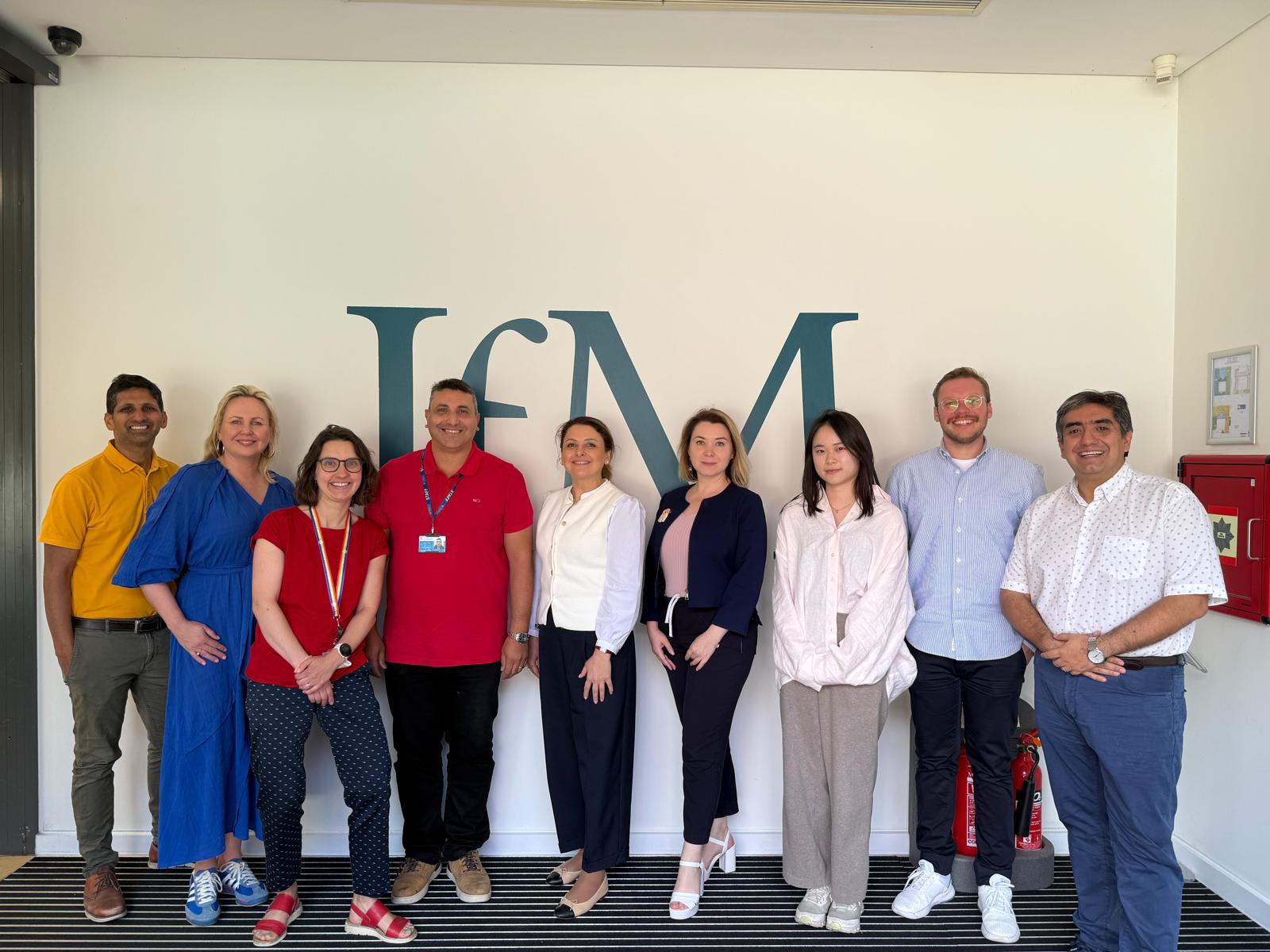From Hype to Impact (GenAI in Insurance and Beyond)
Executive Summary
The speaker shared insights from their company’s journey applying Generative AI (GenAI) in the insurance sector, a highly regulated industry with complex, unstructured data.
Background
- Speaker has 25+ years in technology and entrepreneurship, with multiple startups.
- Current company operates in London and New York, specializing in insurance technology and serving leading global clients.
Problem
- Insurance underwriting relies on massive, inconsistent, and often unstructured data (PDFs, spreadsheets, handwritten notes, emails, etc.).
- Manual processes for extracting and interpreting this data are slow, error-prone, and costly, delaying underwriting decisions.
AI Journey
- Initial attempts (2019–2020) using traditional ML and OCR failed due to inconsistency of data.
- In 2022, the company explored GenAI and LLMs, starting with promising POCs but facing challenges scaling to production.
Key Technical Challenges
- Unstructured, ambiguous data requiring not just extraction but interpretation.
- No single model sufficient → required orchestration of multiple LLMs, OCRs, and AI tools.
- Trust & explainability → built human-in-the-loop workflows with confidence scoring and multi-agent validation.
- Domain knowledge gap → created a proprietary insurance knowledge graph to provide context and accuracy.
- Cost & scalability → introduced a cost-optimization layer, reducing per-submission cost from $20 to single digits.
- Large document handling → developed advanced chunking methods to preserve context in 600+ page documents.
Solutions & Innovations
- Multi-agent orchestration system combining AI models with heuristic rules.
- Knowledge graph as a domain-specific “brain” to contextualize extraction and reasoning.
- Human+AI collaboration with efficient verification workflows.
- Iterative R&D leading to production-grade system with >95% accuracy.
Lessons Learned
- POC ≠ production: quick demos may take years to commercialize.
- ROI is critical: even effective AI fails without sustainable economics.
- GenAI is not magic: requires math, engineering, governance, and orchestration.
- Manage expectations: balance excitement with realistic understanding of limitations.
- Business-first approach: start with the problem, not with “AI as the answer.



